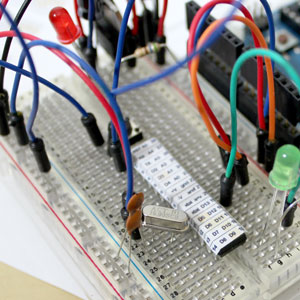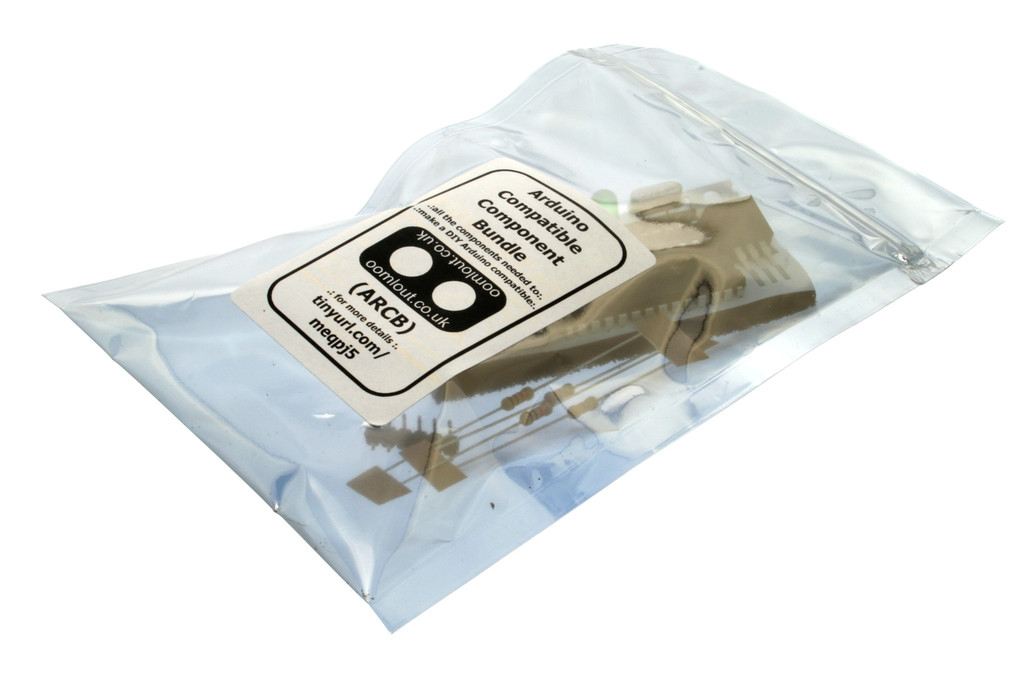How to use ATMEGA328P-PU without Arduino
Believe it or not, even relatively inexperienced users can build a version of the Arduino module on a breadboard in order to understand how it works.
The Arduino itself consists of simple electronics, but it’s the package and the layout you’re really paying for. It is possible to replicate some of the functionality for a lot cheaper, but it’s impossible to build a full DIY Arduino clone without having mass-purchasing power and production facilities.
Contents
Advantages of building your Arduino clone
The beauty of building your own is that you can exclude bits you do not need to keep costs down, and avoid the Arduino package with all the unused headers and wasted space – if you really need the Arduino shape and headers for use with other shields, then building your own is not really going to save you any money.

DIY Arduino
Prerequisites
To start your project you can obtain the components required invidually. But it is quite easier to just buy a bundle that contains all the components you need to make your own, Arduino compatible project (MCu, crystal, power supply and neccesary passive components).

Arduino Component Bundle
The Arduino Component Bundle includes
- ATMega328 (pre-programmed with Arduino bootloader (Uno) (x1)
- IC Socket (28 Pin) (x1)
- Crystal (16 MHz) (x1)
- Voltage Regulator (5 Volt 7805) (x1)
- Pushbutton (x1)
- LEDs (5mm Green)(x1) (5mm Red)(x1)
- Resistors (10k Ohm) (x2) (560 Ohm) (x2)
- Capacitors (100 nf) (x2) (100 uf) (x2) (22pF) (x2)

The content of an Arduino Component Bundle
Building your projects
If you would like to build the board yourself check out the following links to find out how to create the various components on the Arduino Uno Board:
- Arduino power supply regulator
- Timing circuit for Arduino
- Arduino reset switch
- USB To Serial Interface
